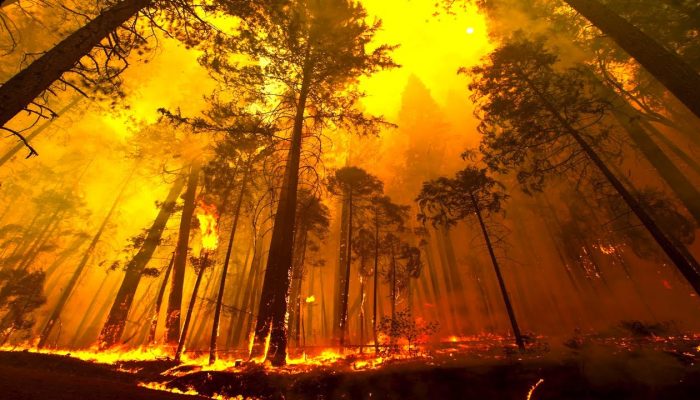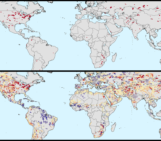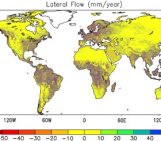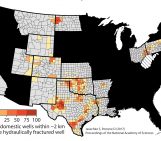
Post by Andy Baker, University of New South Wales
The effects of fire on the surface environment are clear to see. Landscapes are coated in ash. Intense fires can destroy all vegetation and alter soil properties. Less intense fires destroy just the surface leaf litter, grasses and shrubs. Grass fires can be fast moving, destroying buildings and threatening lives. Intense fires can even form their own local weather systems.
But what about the effects of fire on water underground? Let’s think about what happens on the surface, and translate that to what is likely to happen to the subsurface.
Firstly, ash is burnt vegetation. It is rich in carbon, nutrients and trace metals, and can be mobilised after heavy rainfall. Heavy rainfall events are most likely to cause groundwater recharge as some of the rainfall makes its way down to the replenish the water table. As this happens we should also expect nutrients and carbon to be moved downwards towards the water table, as well as horizontally to rivers.
Secondly, wh ere a fire destroys tree cover, then the canopy shading will be lost. We would predict hotter surface temperatures. This could alter the water balance, changing evaporation and also the amount or timing of groundwater recharge.
ere a fire destroys tree cover, then the canopy shading will be lost. We would predict hotter surface temperatures. This could alter the water balance, changing evaporation and also the amount or timing of groundwater recharge.
Finally, we would expect increased sediment movement. This could block flow routes to the subsurface, such as fractures and sinkholes. This would change the routes by which water moves from the surface to the water table.
Of course, the problem with water underground is that it is hard to see and measure. So how can we observe the effects of fire in the subsurface? We have been using caves in karstified limestone as a way to sample the water as it moves from the surface to the groundwater.
In caves, you can monitor the water chemistry and hydrology after a wildfire. If you know when a fire will occur, you can make measurements before and after. And you can investigate the chemical record of past fires preserved in cave stalagmites.
What do we see from the cave? We see increased evaporation and decreased recharge in the years immediately after an intense wildfire. We see nutrient flushes from the surface to the subsurface, moderated by vegetation uptake as regrowth occurs. And we have started to compare the stalagmite geochemical signals of fire, cyclones and global warming.
We are starting to understand a little bit about the effects of fire on water as it moves through the unsaturated zone of limestone. What about other rock types? What about the groundwater aquifer itself? We need to know more about the effect of wildfires on our subsurface water resource. The fire season is getting longer. A greater extent of the earth’s surface is being burnt. Both will continue to increase with global warming, but how will this affect the water underground?



